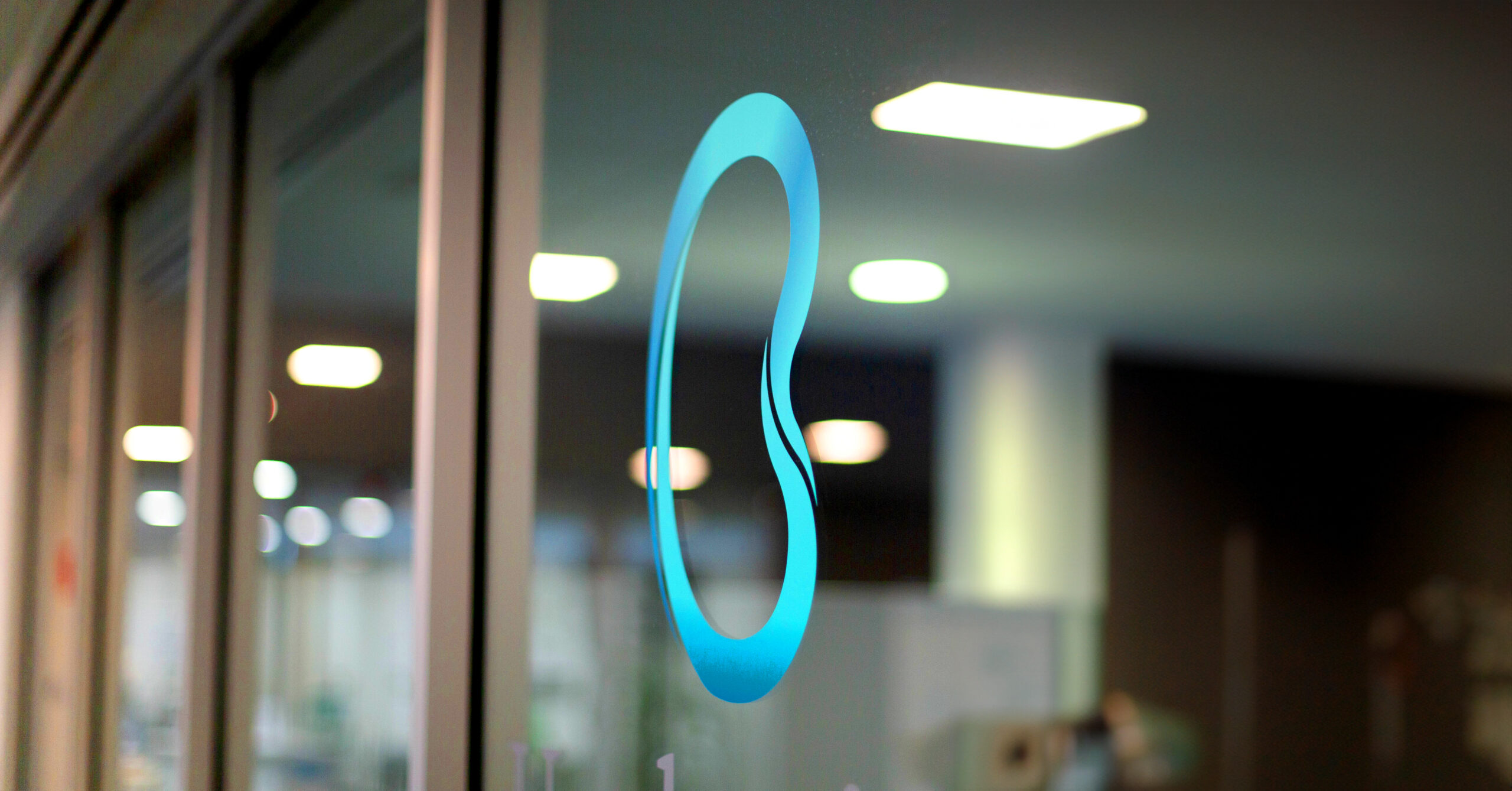
What is Flexible Cystoscopy & Urodynamics?
A flexible cystoscopy is a procedure where a narrow telescope is used to inspect the urethra, bladder and prostate. A flexible cystoscopy is performed as a day procedure.
We would recommend a flexible cystoscopy if there is blood in the urine, either microscopic or visible. Other indications would be to assess difficulties passing urine or to investigate urinary tract infections.
A lubricant with anaesthetic is placed in the urethra which minimises pain and will make it easier to pass the cystoscope. There are no needles required. A fine flexible tube is carefully passed down the urethra into the bladder under vision. We use sterile water to help visualise the urethra and bladder.
Urodynamics is a study of the function of the bladder and the urethra. It is used to get further information to determine the cause of your urinary symptoms. This can aid in selecting the most appropriate management for your problem.
It is used in both male and female patients to evaluate urinary leakage or difficulty passing urine. We will recommend urodynamics if there is uncertainty over the cause of these symptoms.
It is a very safe procedure. The first part of the test measures how you pass your urine. We ask you to pass urine in the usual way into a flowmeter.
An ultrasound of the bladder will then be taken to determine if any residual urine remains. Ultrasound uses sound waves to produce images, these images are shown on a TV screen and recorded. It is completely safe and there is no radiation.
Following this ultrasound two small catheters are passed — one placed into the bladder and the other catheter into the rectum. These enable us to measure the pressure in the bladder as it is filled with water. Once the bladder is filled we then measure both the pressure and the flow as you pass the water.
Fluoroscopic Urodynamics (FUDS)
Sometimes we may utilise fluoroscopy (which is xray). Contrast dye is mixed into the water we fill your bladder with and we take x-rays as your bladder fills and as you pass water/void. This gives us excellent information on incontinence, reflux and how your urinary sphincter works when you pass water. (Please notify us if you might be pregnant or have an allergy to contrast dyes.)
Preparing for your procedure
The only preparation required is to arrive with a partially filled bladder. We like you to be “comfortably full” so you can pass urine at the commencement of your procedure. If you have a tendency to leak urine, you can arrive early and drink some water.
There is no need to fast and you can drive both before and after the procedure. Continue to take all your regular medications.
What to expect afterwards
You will probably have a little burning when you pass your urine for 24-48 hours. This usually settles quickly. You may see a small amount of blood in the urine but this will also resolve very quickly
Complications
These are uncommon. Occasionally there may be a small amount of blood in the urine.
There is a small risk (3%) of developing a urinary tract infection. These symptoms include burning when you pass urine, needing to pass urine frequently and having to get to the toilet in a hurry. If you think you may have an infection or your symptoms seem unusually severe then contact us at Urological Solutions.
After discharge from hospital
You should drink extra fluid over the first week or two after the procedure. Drinking 1500-2000mL per day is usually satisfactory. Do not drink excessively. Aim to keep your urine a pale yellow or straw colour. If you find your urinary symptoms are not improving, or become worse, then you could have an infection. Either contact our office or see your GP to organise a urine test.
If you do notice an increased amount of blood in the urine, then drink extra water to dilute the urine. Occasionally there is more excessive bleeding and maybe clots in the urine that make it difficult to pass. If this occurs then please contact our office, contact your GP, or present to a hospital emergency department for assessment.
Driving
You can drive after the procedure.
Emergency Contacts
In the event of an emergency, call our office within business hours and speak to our Practice Nurse. If out of hours, please call our office to contact our On-Call Urologist, or present to your nearest Emergency Department.
Ashford Hospital
55 Anzac Highway, Ashford SA 5035
8375 5205
Until 10:00 PM
Flinders Medical Centre (access to Flinders Private Hospital)
Flinders Drive, Bedford Park SA 5042
8204 5511
24 Hours
Calvary Adelaide Hospital
120 Angus Street, Adelaide SA 5000
8227 7027
24 Hours Royal
Royal Darwin Hospital
Rocklands Drive, Tiwi NT 0810
8922 8888
24 Hours
**For patients outside the Metropolitan area, please present to your nearest hospital emergency department.
Follow Up
We can let you know the result of the test on the day and what further investigations or treatment will be required
If you have any concerns after your procedure, then please contact us at Urological Solutions.
The content provided within this document is intended as a guide only and does not apply to all patients. Additional information, including patient specific potential risks, must be obtained during consultation with your Urologist.